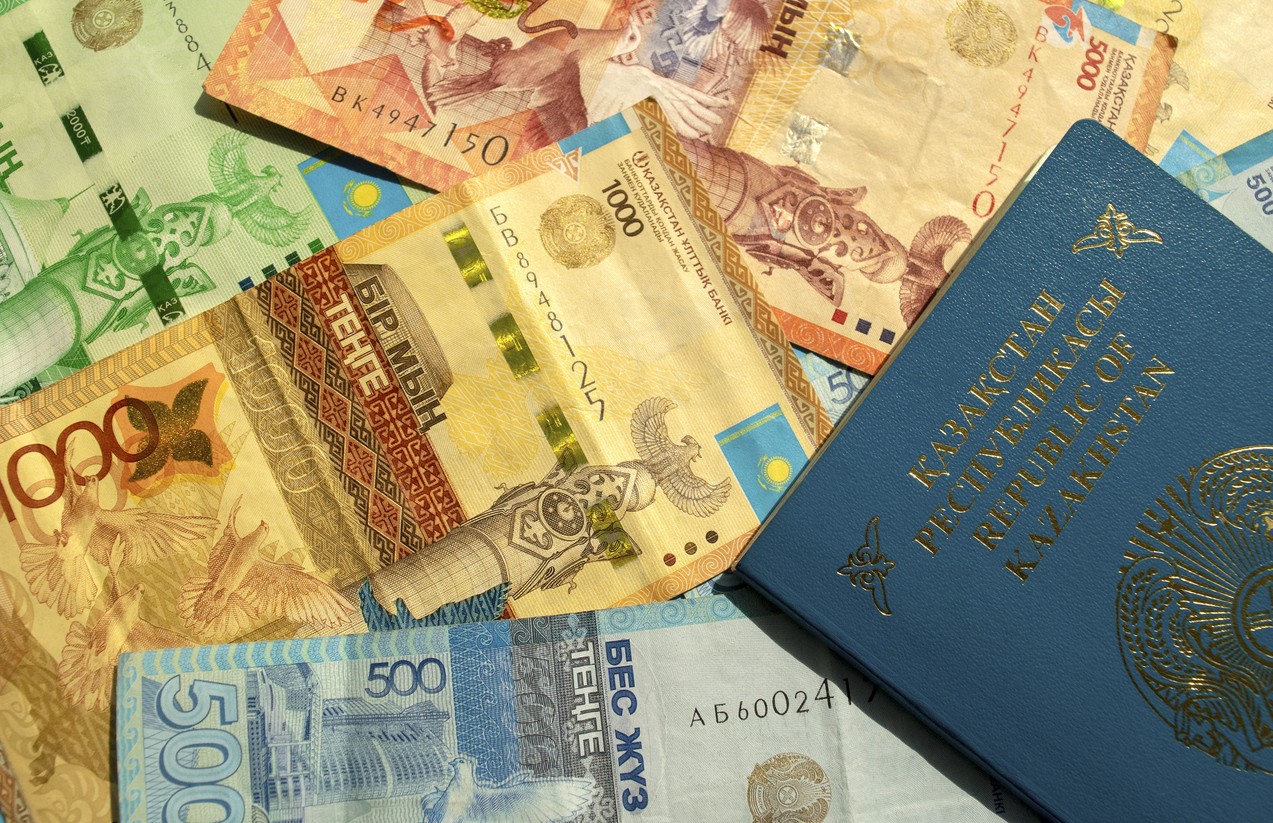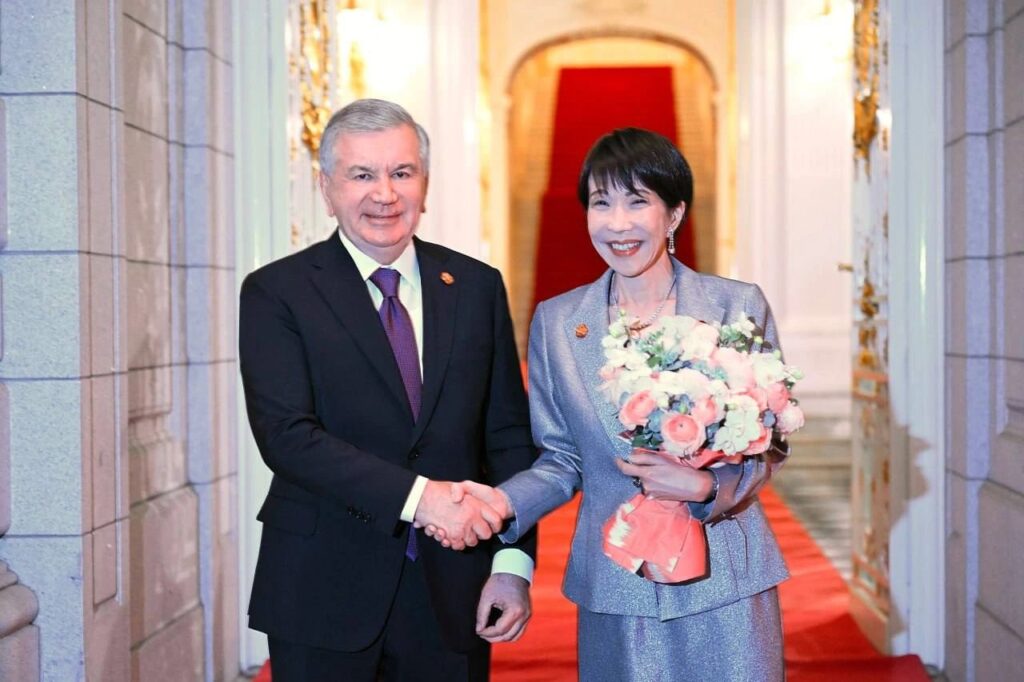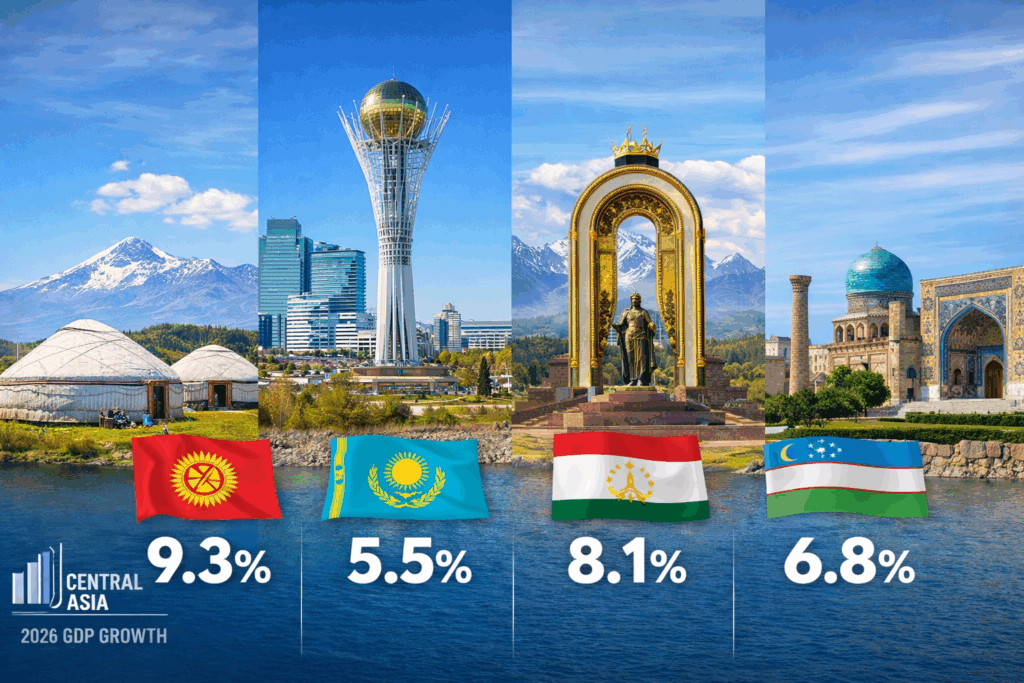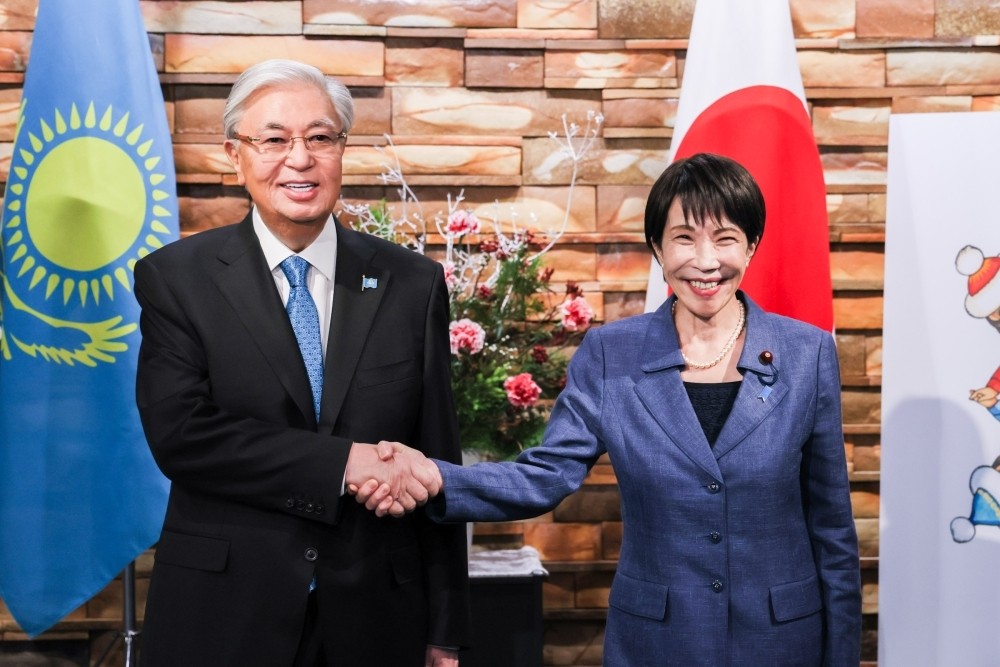Experts report that Kazakhstan’s National Fund has seen cumulative withdrawals of $100 billion over the past decade. The sovereign wealth fund, managed by the National Bank of the Republic of Kazakhstan, has often been used to meet state needs. Despite this, with the National Fund for Children program set to launch in 2024, President Tokayev has instructed an increase in its assets.
The National Fund was established in 2000 by a decree from former President Nursultan Nazarbayev. It consolidates state assets held in the national bank account of the Republic of Kazakhstan. The fund’s income is derived from two sources: tax receipts from the oil and gas sector and earnings from managing its assets. Starting in 2024, the National Fund for Children program will receive 50% of the fund’s annual income.
Business analyst Abzal Narymbetov explained that the fund’s initial influx came from the sale of a 5% stake in the Tengiz oil field for $660 million in 2001. At its inception, the fund was intended to benefit future generations. However, various crises and management errors have frequently forced the government to dip into what is often called the “people’s piggy bank.”
Likening the National Fund to a similar structure in Norway, Narymbetov states that the fund’s accumulation peaked at more than $70 billion in 2014. “Since then, the NF has diverted money to ‘urgent current needs,’ such as bailing out commercial banks, supporting national companies, and filling holes in the state budget. At the moment, less than $60 billion remains in the fund. Kazakhstan began accumulating oil money with the production of 0.8 million barrels in 2001. Norwegian and Kazakh oil production has been in the same range of 1.8-2.0 million barrels for the last eight years. In other words, Kazakhstan and Norway have been producing in the same range for the last eight years; however, we spend significantly more.
“For example, the Norwegian Petroleum Fund (renamed the state pension fund) was established by the government in 1990. Money was first invested in 1996, but the first figures that can be traced are $23 billion in 1998. The oil money, in my opinion, has been wisely invested in different assets. As a result, it has reached a record level of $1.4 trillion today,” said Narymbetov.
The analyst pointed to research by economists indicating that if money from the National Fund of Kazakhstan had not been used for current spending needs, it would now exceed $150 billion. He also cited a study suggesting that if oil prices drop to $30 per barrel, the fund’s reserves could be depleted within five years.
Twenty years ago, Kazakhstan had high expectations for the National Fund, hoping it would act as a financial savior during crises and provide support for young citizens. In 2022, President Tokayev announced plans to increase the National Fund’s assets to $100 billion. “Everything that rightfully belongs to the people of Kazakhstan will serve their interests. For this purpose, we will ensure effective fund management and enhance its investment income,” he stated. These commitments became central to his election platform.
As noted, the National Fund for Children program is scheduled to launch in 2024. This initiative aims to allocate 50% of the National Fund’s annual investment income to special savings accounts for children. These funds cannot be accessed before the age of eighteen and are intended for purchasing housing or funding education. On November 16, 2023, President Tokayev signed this project into law.
However, many experts view the program as largely symbolic, given the minimal funds allocated. Former Minister of the National Economy, Alibek Kuantyrov, estimates that the average child will receive about $100-150 annually, excluding reinvestment. Over eighteen years, approximately $3,000 would accumulate in the account, which is insufficient to cover educational expenses or purchase a home.
The National Fund’s mismanagement and potential hydrocarbon price declines pose additional risks to its replenishment. This summer, economists have expressed doubts about the government’s ability to meet the President’s objectives. For instance, Nurlan Zhumagulov, an expert in the oil and gas industry and director of the public fund Energy Monitor, noted that in the first five months of 2024, 2.5 billion KZT was withdrawn from the National Fund, while only 2.2 trillion KZT was deposited. The net income from managing the National Fund since the beginning of the year amounted to a relatively modest 465 billion tenge ($967 million). With such figures, achieving the President’s goals appears challenging.
“It’s too early to dream of accumulating $100 billion in assets in the National Fund and doubling GDP by the end of Tokayev’s presidency. I can bet that in dollar terms, there will be no doubling of GDP by 2029,” Zhumagulov stated.
Economist Galymzhan Aitkazin has also highlighted a negative trend in the National Fund’s revenue data. Previously, the fund received significantly more money than was withdrawn. Now, with declining discipline in fund usage, withdrawals are being masked by investment income.









